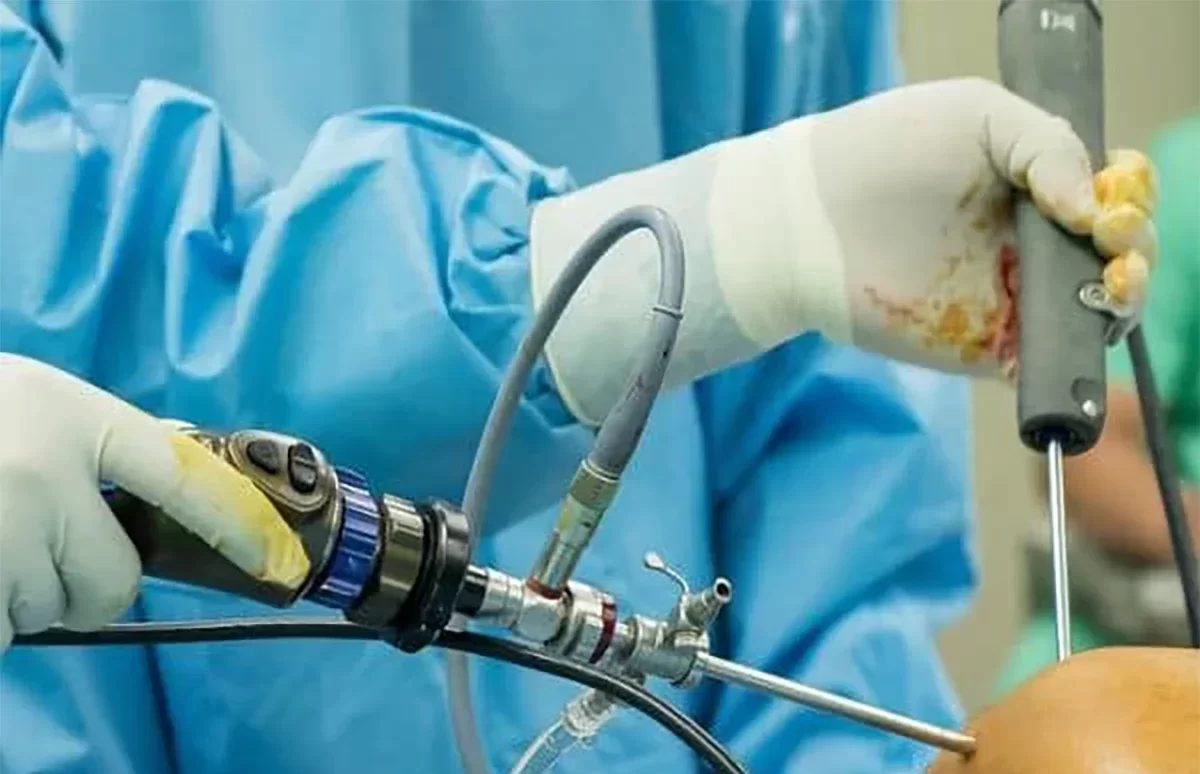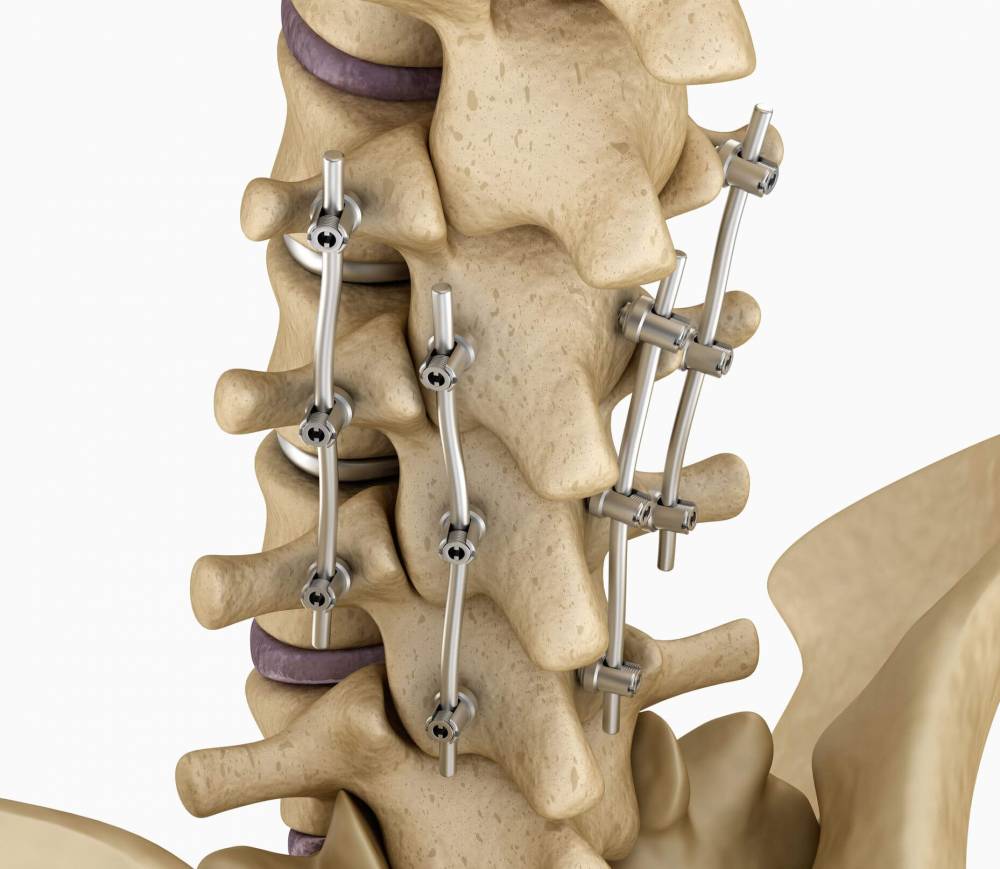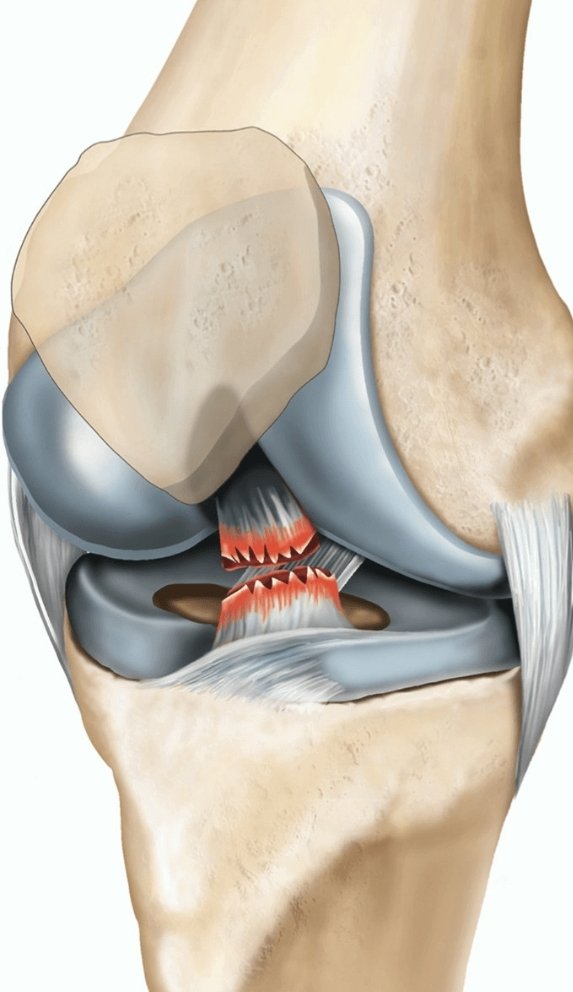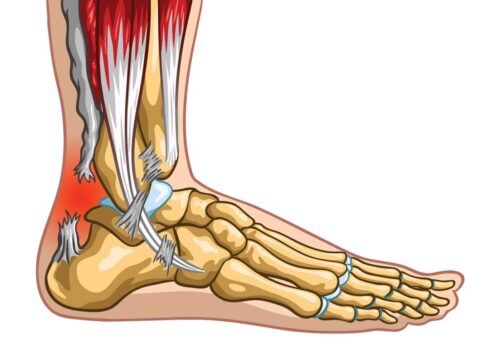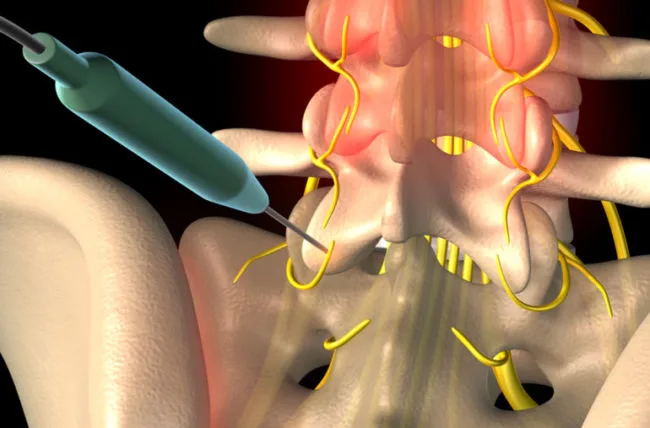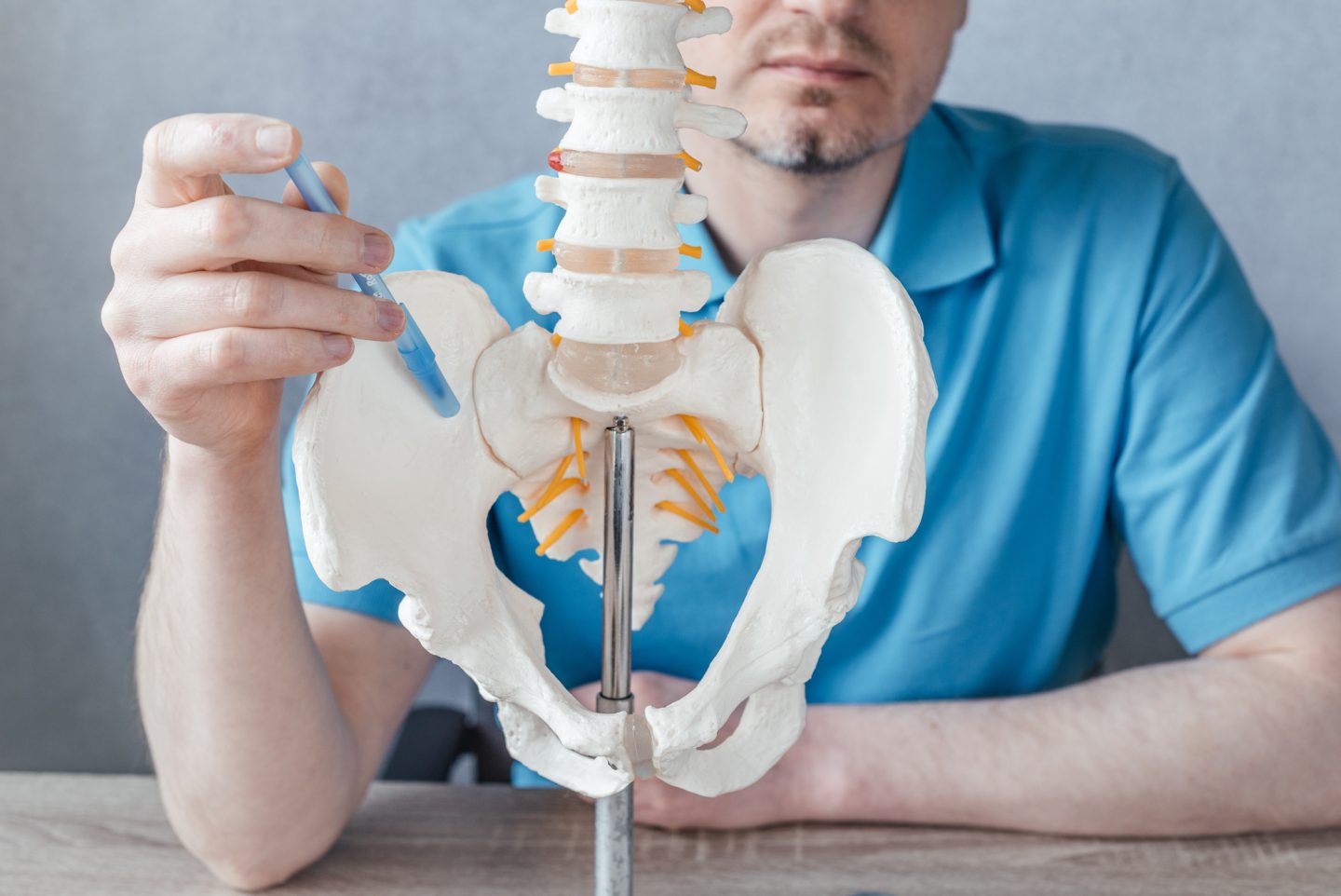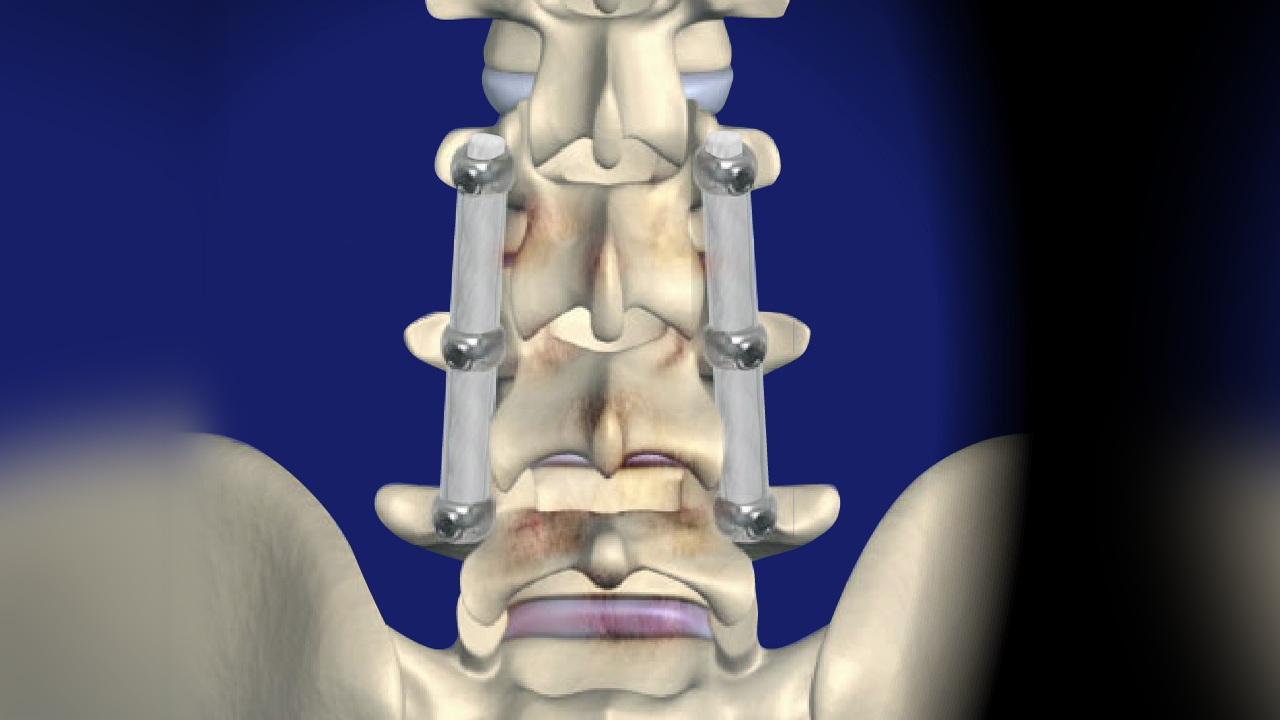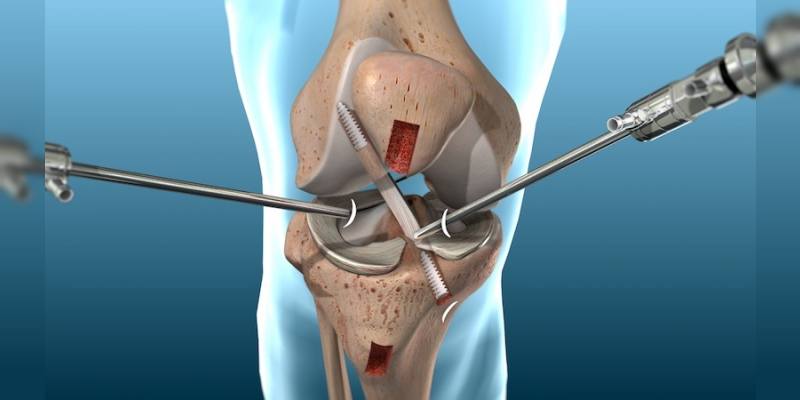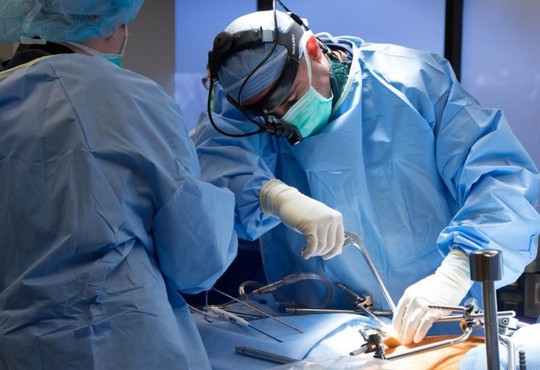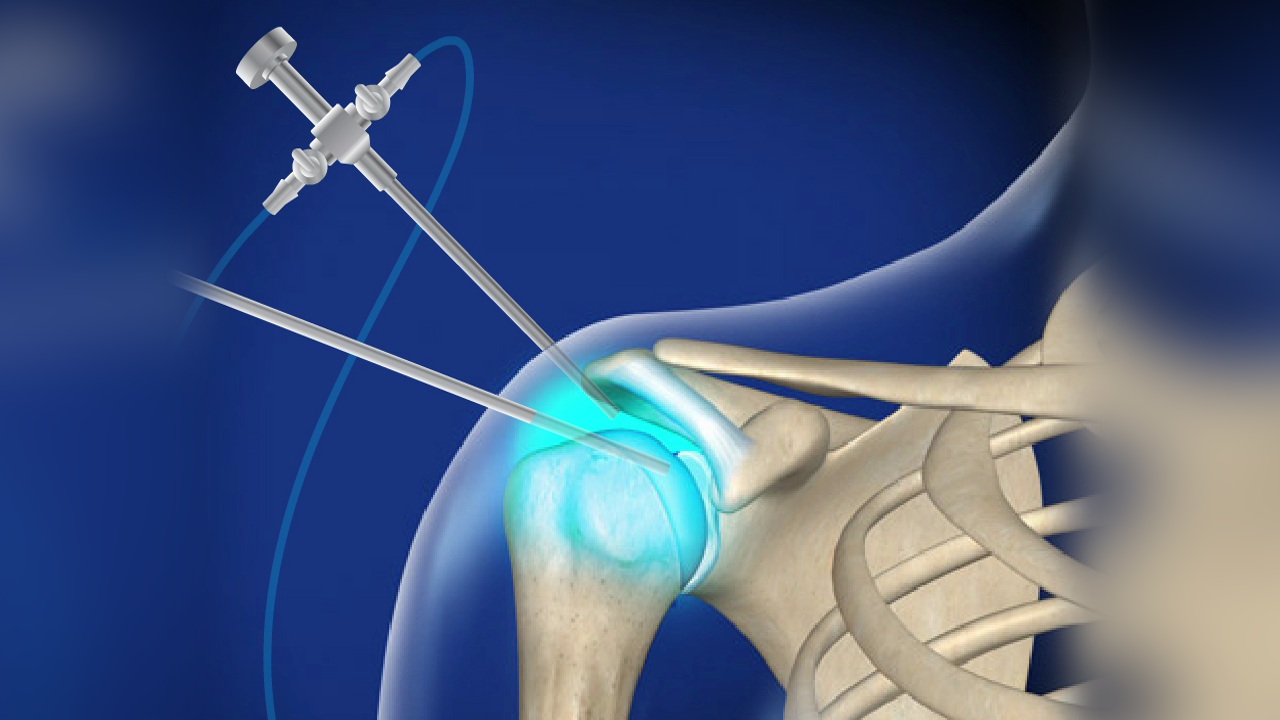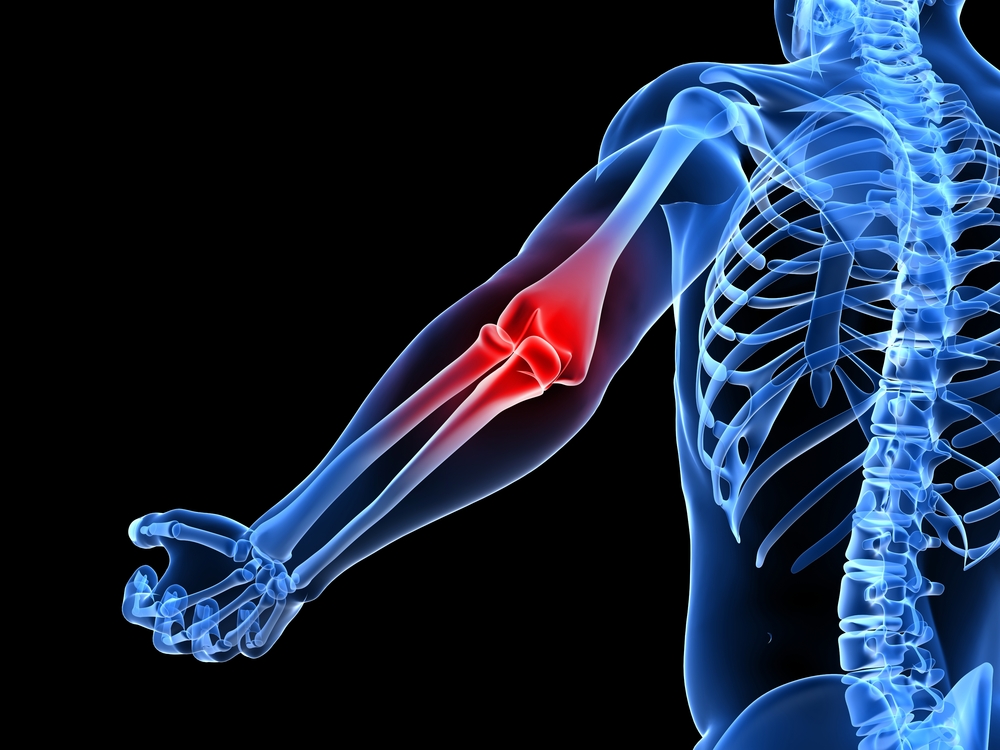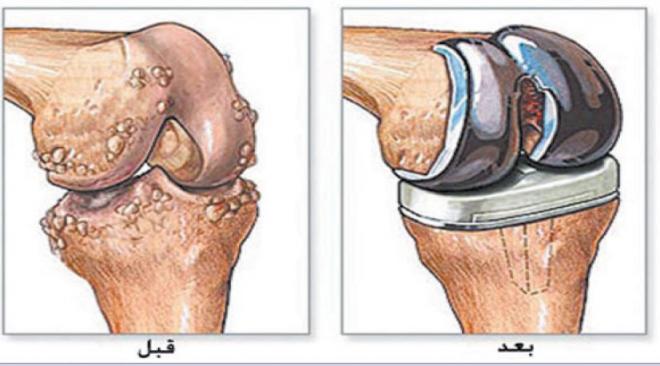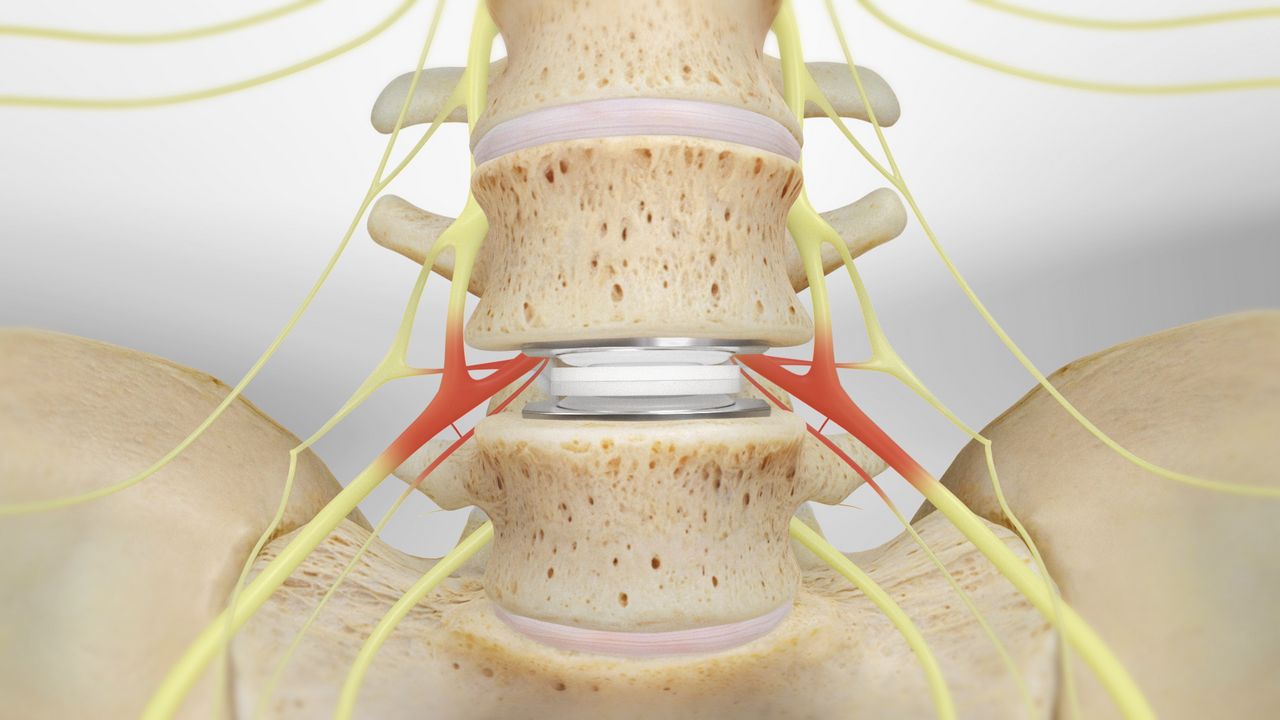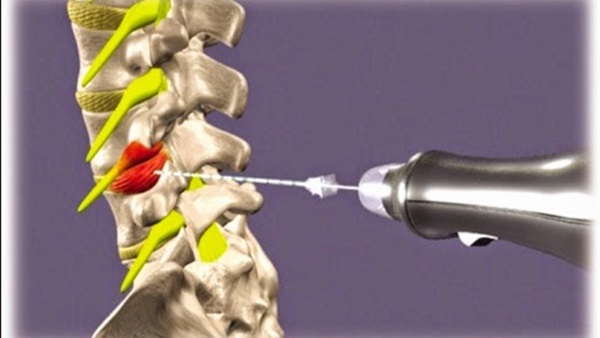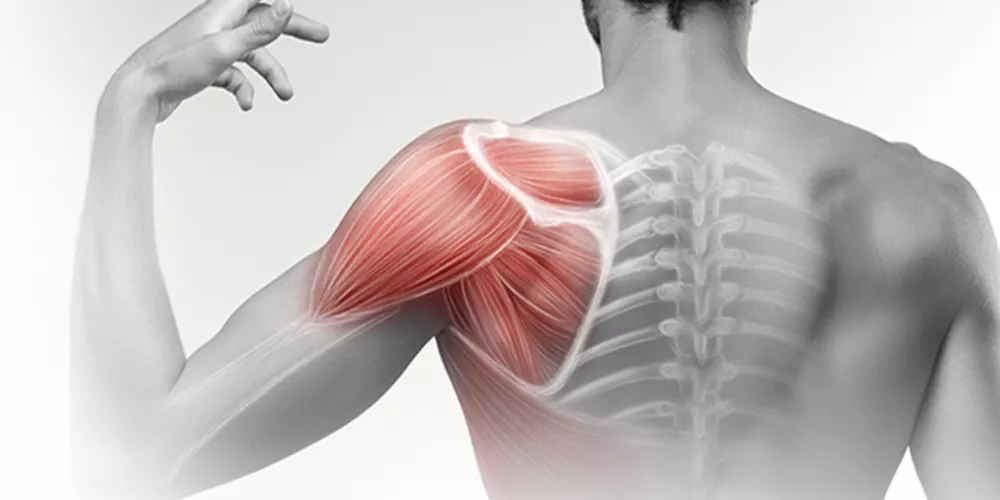Knee Cartilage Surgery
Knee Cartilage Surgery, The knee is one of the most important joints in the body, and any damage to it can render a person incapable of performing normal daily activities, facing difficulties in everything, and experiencing unbearable pain. Repairing knee cartilage is one of the significant procedures aimed at restoring normal knee activity. This includes both surgical and non-surgical procedures. In this paragraph, we will focus on the surgical procedures and explain their various details.

Knee Cartilage Surgery
“Under the supervision of Dr. Amr Amal, you will live a life free from pain and limitations after undergoing knee cartilage replacement surgery.”
Surgical procedures in the knee joint are not limited to one type of operation. Instead, there are several ways to surgically treat damaged knee cartilage. Recently, arthroscopy has been used, a device resembling a tube with a light source and a television camera at its ends, revealing the internal details of the affected area. It helps perform surgery without causing significant complications.
Symptoms of Knee Cartilage Damage
The symptoms of a knee tear appear directly in the patient as follows:
Pain in the joint itself, especially when pressed. The patient feels swelling and warmth in the affected joint. Limited ability to move normally. Cartilage wear causes roughness and friction in the joint. Symptoms of Cartilage Tear Requiring Surgical Intervention
“Discover the effective and advanced solution for treating knee cartilage with Dr. Amr Amal.”
Cartilage is one of the components of the knee joint, preventing friction between the bones forming the joint. It also bears the load placed on the knee, helping to protect the knee joint from damage. As a result, it can be torn due to excessive pressure or an accident, for example, and some symptoms begin to appear.
If a person starts feeling increasing pain in the knee joint, with swelling and difficulty performing normal activities, especially for athletes, these signs might indicate a tear in the knee cartilage. The symptoms can worsen until knee locking occurs, which is the inability to extend or bend the knee.
Causes of Knee Cartilage Tear and Damage
There are several factors that may contribute to knee degeneration or atrophy, including the following:
- Exposure to a strong collision with the knee, which commonly occurs among athletes and those in high-risk occupations, leading to damage or tearing of the cartilage.
- Obesity and being overweight increase the load and pressure on the knee, eventually causing damage to the cartilage in one way or another.
- Lack of exercise, even simple activities like walking, can lead to joint damage and negatively affect the cartilage.
- Certain diseases, such as rheumatoid arthritis, can increase the likelihood of damage or atrophy of the knee cartilage.
Typically, when knee injuries occur, doctors prefer to start with home treatment and provide the necessary medications at this stage. Afterwards, the patient begins physical therapy, which includes a series of exercises and physiotherapy treatments that aid in recovery.
In the later stages of knee cartilage damage, surgical treatment becomes the best option, with various forms available, such as cartilage replacement, autologous grafting, and others. Some procedures are done arthroscopically, while others require open surgery. The type of surgery is determined by the doctor.
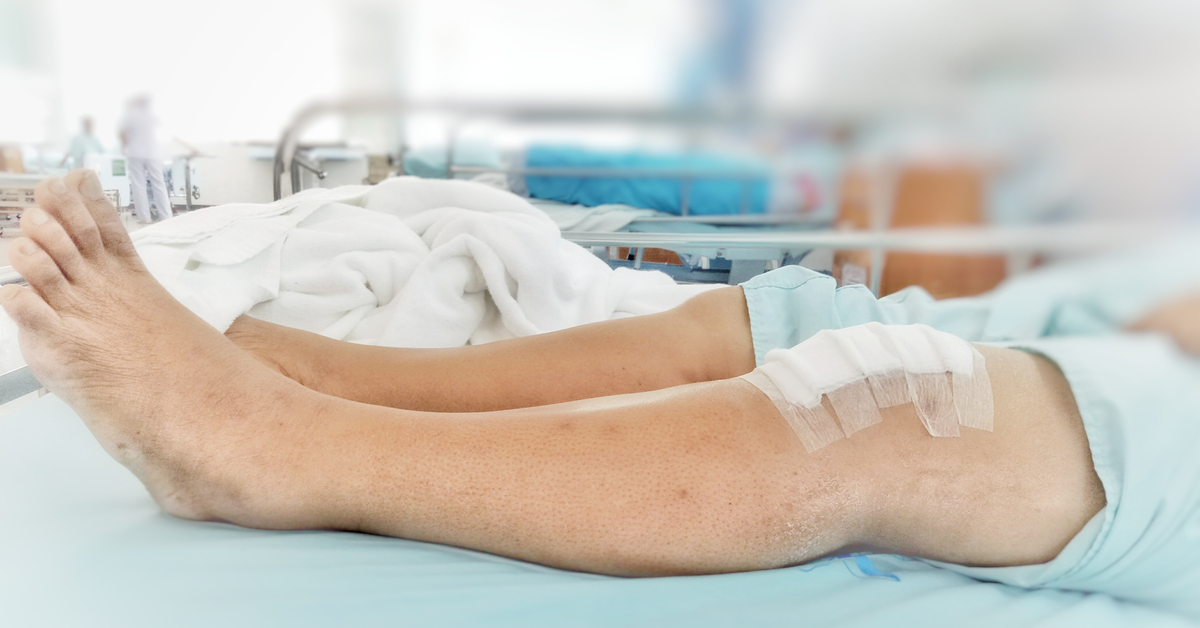
Knee Cartilage Surgery Procedures
As previously mentioned, there are various surgical procedures that can be performed to repair a torn knee cartilage. The following are some of the procedures used in cases of knee cartilage tears:
- Stem Cell Implantation for Knee Cartilage Repair: The basic idea of this type of surgery is to remove the damaged parts of the cartilage and implant adaptable and maturing ones to repair the cartilage. The procedure is carried out in two stages. The first stage involves harvesting the necessary stem cells from cartilage areas that do not bear weight. The second stage involves removing the damaged parts of the cartilage and implanting new ones in their place.
- Microfracture Knee Cartilage Repair: This procedure involves creating tiny holes in the cartilage to improve blood supply to it, leading to the formation of fibrous cartilage that covers the affected area. After the procedure, the patient must adhere to a rehabilitation program and use crutches and a continuous passive motion (CPM) machine.
- Autologous Chondrocyte Implantation or Mosaicplasty: This surgery can be performed through a traditional incision or using an arthroscope, as determined by the surgeon in consultation with the treating physician. The procedure involves transferring healthy tissue (graft) from a healthy part of the cartilage to the damaged part, providing support and restoring normal function.
- Knee Cartilage Replacement: Some knee cartilage damage can be treated by grafting the damaged part after removing the defective portions and shaping a new cartilage according to the defect in the old cartilage. In most cases, the patient needs to undergo traditional surgery rather than arthroscopy.
When is Knee Cartilage Repair Surgery Performed using Arthroscopy?
Although many patients prefer not to undergo knee cartilage repair surgery due to its longer recovery period, repairing the damage is often prioritized over cartilage removal and replacement in many cases. The most suitable candidates for arthroscopic knee cartilage surgery include:
- Patients whose work requires significant physical effort.
- Those who have experienced a tear in the knee cartilage area only, without damage to other parts.
- Individuals with good quality joint cartilage tissue that is not significantly affected by the tear.
Arthroscopic Knee Cartilage Surgery
The use of arthroscopy has become common in treating and repairing cartilage recently, as it quickly improves the patient’s condition. It has numerous advantages that make physicians recommend it for surgical procedures, especially for correcting knee cartilage damage.
The arthroscope works by providing a more accurate diagnosis of the condition before surgery through very small incisions in the knee. Sterile fluid is then pumped in to provide a clearer view inside the knee, and afterward, the appropriate cartilage repair is performed. After the surgery, the doctor removes the sterile fluid, cleans the incisions, and applies dressings.
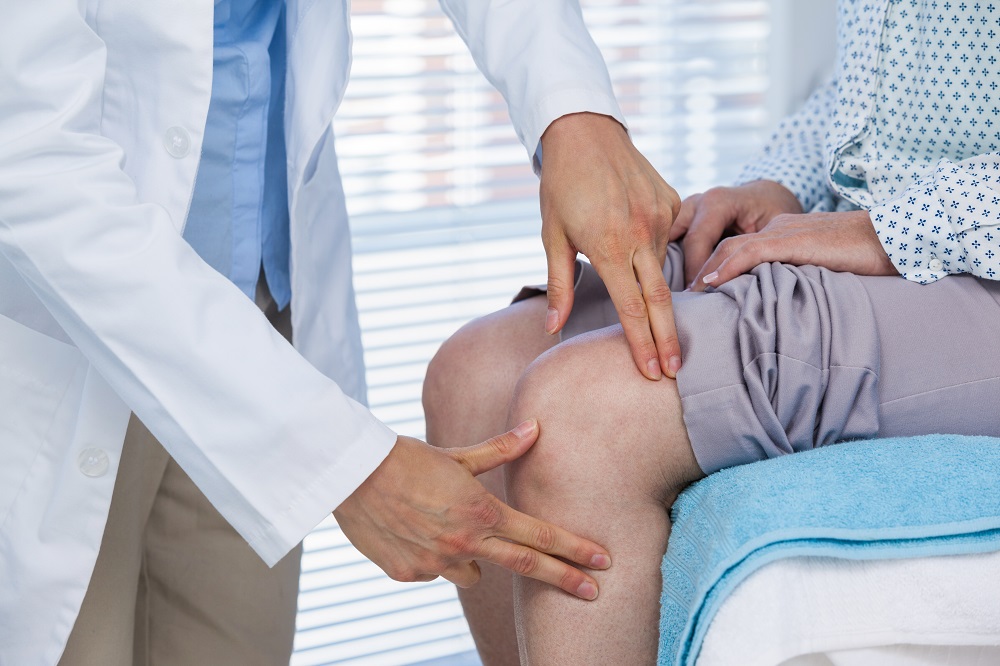
Steps of Arthroscopic Knee Cartilage Surgery
There are several important points to know about arthroscopic cartilage surgery:
- The doctor begins by injecting anesthesia into the affected knee – in the case of partial anesthesia – and completely numbing the leg.
- The surgeon uses an arthroscope, a tube-like instrument equipped with a light source and camera, to clarify the current state of the knee and allow for a more precise operation.
- Saline solution is pumped into the knee to provide a clearer view when inserting the arthroscope.
- The doctor makes a number of small incisions in the knee and inserts small surgical tools through them to perform the repair and correct the issue in the knee.
- After the surgery, the surgeon removes the tools, sterilizes the joint, expels the saline solution, and stitches the incisions back up.
- The procedure usually does not take more than 60 minutes, and the patient can return to their hospital room afterward.
Advantages of Arthroscopic Knee Cartilage Surgery
Using arthroscopy for knee cartilage treatment includes several important benefits:
- Reducing the damage that the knee tissues may sustain.
- Does not require an open wound, unlike traditional surgeries.
- The patient requires a shorter recovery period afterward.
- Diagnosis and repair can be performed in the same procedure.
- Reduces the risk of bacterial infection.
- The patient experiences less pain after the surgery compared to traditional methods.
Post-Surgery Pain Duration for Arthroscopic Knee Cartilage Surgery
“Get rid of knee pain and regain your natural movement through the effective and impactful knee cartilage surgery at Dr. Amr Amal’s clinics.”
Utilizing arthroscopy in knee cartilage surgeries helps speed up recovery post-operation, making the pain the patient feels last for only a few days after the surgery. It gradually decreases over time, allowing the initiation of movement and weight-bearing on the knee.

How to Prepare Before Undergoing a Knee Cartilage Surgery
Orthopedic doctors recommend certain procedures for the patient to follow before undergoing cartilage surgery, including:
- Discussing medications and prescriptions that the patient is taking with the doctor to ensure their safety before the procedure.
- Undergoing precise diagnostics before the surgery to identify the location of the damage and discussing the appropriate type of cartilage repair procedures with the treating physician.
- Being prescribed certain medications to reduce pain and inflammation before the surgery.
- The doctor may ask the patient to refrain from eating for about 12 hours before the procedure if general anesthesia will be used.
- Adhering to a physical therapy program before the surgery as part of the rehabilitation plan.
- Getting sufficient rest and psychological preparation are significantly important for the patient’s readiness for the surgery.
Post Knee Cartilage Surgery
It is crucial for the patient to get plenty of rest after knee cartilage surgery and to follow the doctor’s instructions, reducing the load on the knee. Therefore, crutches should be used for several weeks after the surgery.
A comprehensive rehabilitation program is available for the patient after the cartilage damage surgery. The physical therapist monitors the patient’s progress and improvement in response to the exercises and prescribed treatment, in coordination with the treating doctor. The patient may leave the hospital within a day of the surgery, following the doctors’ instructions.

Knee Rehabilitation After Cartilage Surgery
Recovery after knee cartilage surgery requires adherence to the instructions provided by the treating physician and medical team. The advice given may include:
- Typically, there is swelling for a short period after the surgery, so it is important to use cold compresses on the knee to reduce swelling.
- Elevating the leg above the level of the heart improves the patient’s condition and reduces swelling.
- Taking ample time to rest and not exerting significant effort on the knee.
- Taking care of dressings, keeping them clean and dry.
- Using crutches and support aids to enable walking and moving the knee.
- Taking aspirin for a specific period, which should be discussed with the doctor to prevent blood clots.
- Regularly using prescribed medications and pain relievers.
- Avoiding a return to full daily activities before consulting with the treating physician.
- Following the appropriate rehabilitation program after the surgery.
Exercises after Knee Cartilage Surgery?
Physical exercises are part of the program designated for a patient after knee cartilage surgery, which aims to improve the patient’s condition and accelerate the knee’s ability to return to normal movement, whether in walking or bending and stretching. The following exercises may help improve the knee’s condition after cartilage surgery:
Quadriceps Stretching Exercise: Lie on your back, lift the heels up, and start pulling the knee downwards for five seconds.
Knee Bending Exercise: Extend the leg and knee straight and start pulling the leg using a cloth or towel, gently bending the knee and then returning it to the resting position. This exercise can be repeated 10 times.
Thigh Strengthening Exercises
The patient can use a towel or small pillow to place it under the knee and press on it for 5 seconds, repeating the exercise 8 to 10 times. The patient can lie on the front part of the body, place a small pillow under the ankle, and gently press on it, gradually increasing the pressure for 5 seconds, repeating 10 times. The patient can stand and lean against the wall straightly, lift the affected foot upwards at a 90-degree angle, hold it from the back with the hand, and pull it upwards as much as possible for 5 seconds.
Lifting Exercises
The person can lift the foot upwards at a 30-degree angle, lower it relying only on the body weight, maintaining the bending of the other leg for 5 seconds. The patient can lift the foot upwards while standing without bending the knee for 10 seconds and return it to the original position. Exercises after Knee Cartilage Surgery? Success Rate of Knee Cartilage Surgery
Treatment of knee cartilage with surgical procedures is relied upon after undergoing other non-surgical treatment methods, except in cases of severe cartilage damage where surgery is the first option for the doctor. The success rate of knee cartilage surgery ranges from 70% to 90%, depending on several factors including the patient’s health condition and the doctor’s experience in these surgical procedures.
Causes of Failure in Knee Cartilage Surgery
There are several reasons that can lead to the failure of the operation, and it is possible that more than one reason exists in the same case, including the following:
The patient suffers from osteoporosis or arthritis. Lack of cartilage size and its smallness relative to the knee. Poor positioning and location of the cartilage, whether during replacement or knee cartilage transplantation. Lack of stability and fixation of the cartilage in the knee, meaning that the cartilage moves from its place. Walking after Knee Cartilage Surgery
Walking after knee cartilage surgery requires some time, and this depends on the patient’s condition during the first few weeks, with the help of light sports exercises. The patient can start walking gradually using crutches, and the matter depends on several factors, including the following:
The technique followed in the medical procedure, whether it was open surgery or arthroscopy. Whether a complete removal of the cartilage occurred or only a partial removal. Whether a natural cartilage transplant was performed or it was replaced with an artificial one.
There are some instructions that the doctor recommends for the patient to be able to walk again after the operation, which include the following:
The patient should use crutches or a walker for several days so as not to put load on the knee and relieve pressure on it. The doctor may install a knee brace to protect it until complete healing and recovery occurs and the tissues heal. Using a knee brace for several weeks while walking until the doctor recommends removing it and walking without it. The patient may need several months to fully recover and return to practicing sports. The patient uses crutches or a walker with a knee brace while walking for 4 to 8 weeks, reducing movement. Most patients may be able to walk without the need for crutches, a walker, or a knee brace after a period ranging from two to three months.
When can a patient walk after a knee cartilage surgery?
The knee rehabilitation period after a cartilage surgery requires several weeks, and the patient is usually able to walk normally after a month and a half from the surgery. Prior to that, crutches are used. It is beneficial to try to reduce weight during this period to avoid any additional pressure on the knee, while adhering to other instructions.
Prepare to regain your freedom of movement with the knee cartilage surgery offered by Dr. Amr Amal.
Rest Period After Knee Cartilage Surgery
Undergoing knee cartilage surgery is a procedure that should not be taken lightly. The patient may need about a month to a month and a half of rest, without exerting effort or returning to intense physical activities. It is essential to consult the doctor before returning to work, especially if it involves movement and standing for long periods. We provide comprehensive care for knee cartilage surgery through Dr. Amr Amal and his specialized team in his clinics.
Is Knee Cartilage Removal Surgery Dangerous?
There are two types of cartilage in the knee: meniscal and articular. Usually, the meniscal cartilage at the front of the knee is more prone to injury than the articular cartilage. There are many symptoms that appear when the cartilage is torn, including pain and limited mobility.
Neglecting and not medically treating the damage in the knee that causes the tear can lead to joint problems and loss of the ability to move the knee, resulting in roughness and pain in the affected area.
Knee cartilage surgery does not have many serious complications that could harm the patient, especially if performed arthroscopically. The patient can recover after about 4 months, provided that they follow the doctors’ instructions during the recovery period. To learn more about the damages resulting from knee cartilage surgery, we recommend reading this article.
Complications of Knee Cartilage Surgery
The occurrence of serious side effects after arthroscopy is not common, but in some rare cases, the patient may face risks of damage, including:
- Infection: A patient with a torn cartilage may be exposed to bacterial infections after the surgery, which can cause ulcers and damage in the joint when symptoms intensify.
- Swelling: After cartilage surgery, the affected joint may experience swelling, causing some pain. However, the patient takes medications to help reduce the swelling, and cold water compresses also play an effective role in this case.
- Cartilage Wear: Despite undergoing surgery, the knee cartilage may still experience wear, which could be due to arthritis. If you are interested in learning about treatments that help rebuild worn cartilage, we recommend the following article.
- Exposure to Blood Clots: Generally, undergoing surgeries makes a person more susceptible to blood clots due to sitting for extended periods and lack of movement, with smokers being at higher risk. Knee Stiffness.
- Knee Roughness: This results from tissue formation around the scar at the surgery site or due to constant swelling in the knee. For more details regarding the treatment of knee roughness and recovery, click here. Bleeding at the Wound Site. Nerve Damage.
How long does the knee cartilage operation take?
It depends on the type of procedure; an arthroscopy takes between 15 to 45 minutes, but open surgery can take up to two hours. Here is a unique experience waiting for you with Dr. Amr Amal – where you can rely on expertise, personal care, and an outstanding success rate.
Does a knee cartilage tear require surgery?
It depends on the degree and severity of the condition as follows:
Grade I: In this case, the tear is minor, and the treatment involves rest for 3 to 6 weeks along with medication prescribed by the doctor. Grade II: When the tear is moderate, the treatment from the first case is applied, but if it does not work, the doctor may resort to surgery to treat the cartilage. Grade III: The tear is significant and the condition is serious, requiring immediate surgical intervention. Afterward, the patient begins a rehabilitation program, physical therapy, and knee-specific exercises.
Can one live with a knee cartilage tear?
If the condition is minor, yes, it can be treated without surgery and one can live with the condition. However, if the condition progresses, it is necessary to resort to surgery to repair the tear in the knee cartilage, after which the patient recovers well and can return to daily activities normally after a period of time.
The best doctor for knee cartilage surgery
Dr. Amr Amal is one of the best doctors in the field of knee cartilage surgery, enjoying an excellent reputation and proven expertise in this area, making him a preferred choice among patients. Dr. Amr is distinguished by his refined skills and deep knowledge in diagnosing and treating cartilage issues in the knee.
He also works diligently and pays great attention to his patients, listening to the details of their condition and understanding their individual needs. He provides patients with a customized and detailed treatment plan, including appropriate procedures to alleviate pain and effectively restore knee function.
In addition to his extensive scientific expertise, patients notice Dr. Amr’s humility and his dedication to providing excellent healthcare. He makes every effort to explain procedures and potential risks to patients in an easily understandable and friendly manner, creating a warm and comfortable treatment atmosphere.
In summary, Dr. Amr Amal is an outstanding and distinguished doctor in the field of knee cartilage surgery. Thanks to his expertise and personal care, he ensures comfort and confidence for his patients, striving to provide excellent results in treating knee cartilage issues.

